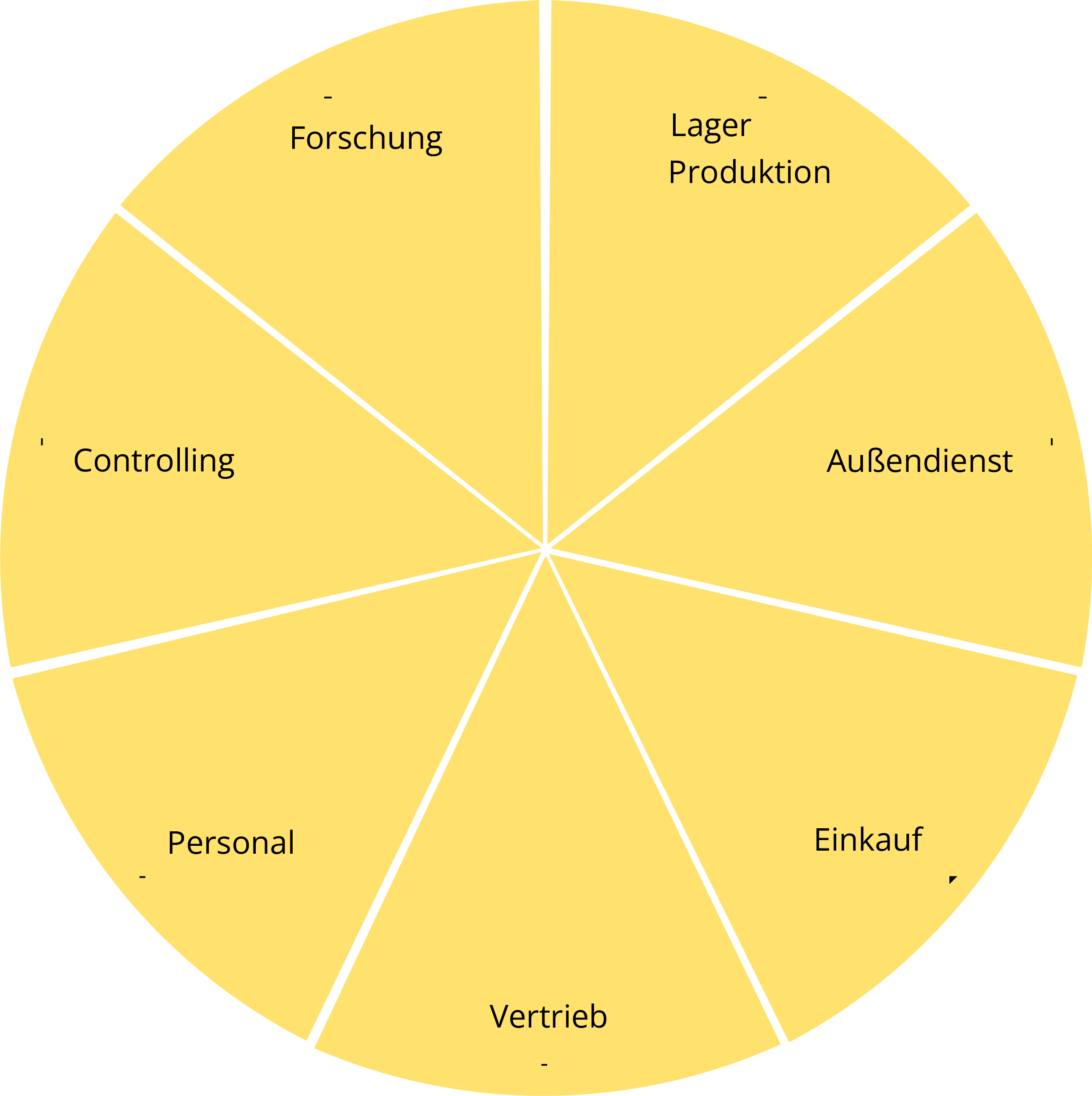Enterprise-Resource-Planning-System (ERP)
Ein kleiner Schritt in die Digitalisierung, ein großer in die Bedarfsplanung!
Ein Enterprise-Resource-Planning-System (ERP-System) dient der funktionsbereichsübergreifenden Unterstützung sämtlicher in einem Unternehmen ablaufenden Geschäftsprozesse. Es setzt sich aus Modulen für die Bereiche Beschaffung/Materialwirtschaft, Produktion, Vertrieb, Forschung und Entwicklung, Personalwesen, Finanz- und Rechnungswesen, Controlling usw. zusammen. Die Module sind über eine gemeinsame Datenbasis miteinander verbunden und ermöglichen so eine Unterstützung der Planung über sämtliche Unternehmensebenen hinweg.
Zum aktuellen Stand
Fragen zum Enterprise-Resource-Planning
Was benötige ich für ERP?
Dies sind Kosten für Material und hinzukommen Lizenzgebühren der Software.
Im Grunde genommen benötigt das Unternehmen eine Internetverbindung.
Wer kann ERP?
Von ERP gibt es zwei Lösungen.
On-Premise-ERP:
Es werden Lizenzen an bestimmte Personen vergeben und die Software wird auf einem Computer fest installiert.
Die Rechenleistung läuft über die eigenen oder angemieteten Server.
Wer kann, ist stark abhängig von, wer eine Lizenz und die Software besitzt.
Cloud-ERP:
Durch eine stabile Internetverbindung mit einem guten Web-Browser (z.B. Firefox, Chrome, Microsoft Edge)
können cloudbasierte Anwendungen von überall aufgerufen werden.
Hier kann jeder das System benutzen, der einen Zugang erhält.
Was kann ERP?
Mit Modulen können die Möglichkeiten erweitert werden. Die Grundfunktionen beziehen sich, so wie der Name verrät auf die Ressourcen eines Unternehmens.
– Betriebsstoffe
– Kapital
– Arbeitsprozesse
– Personal
– Ressourcen
Diese Elemente werden im ERP-System geplant, gesteuert und kontrolliert.
Mögliche Einsatzszenarios

Schrittweise Einführung
Schritt 1: Auswahl des Anbieters
In welchem Bereich soll das ERP-System eingesetzt werden?
Welche Parameter sollen aufgezeichnet und überwacht werden?
Wie viele Personen sollen Zugriff erhalten?
Schritt 2: Prozessübersicht
Erstellen Sie ein kleines Fachteam aus den verschiedenen Bereichen und Positionen.
Sie sollen alle Prozesse aufnehmen, welche übernommen werden sollen.
Schritt 3: Testumgebung
Versuchen Sie die Prozesse, aus Schritt zwei, anzuwenden.
Formulieren Sie gute und schlechte Aspekte.
Schritt 4: Kundenanpassung
Machen Sie kleine Software Updates mit den standardisierten Prozessen und sammeln Sie Stammdaten, die benötigt werden. Bereinigen Sie die Stammdaten und pflegen diese ins System ein.
Kommunizieren Sie den Stand des Projekts. Halten Sie Ihre Kolleg*innen auf dem Laufenden.
Schritt 5: Dokumentation & Schulung
Verwenden Sie Tipps, um die besten Aspekte der Software hervorzuheben.
Schulen Sie Ihre Mitarbeiter*innen und stellen Sie sicher, dass damit kontinuierlich gearbeitet wird.
Schritt 6: Echtsystem
Die Fachkräfte aus dem ERP-Projekt werden die Ansprechpartner*innen für Anwendungsprobleme in der Software.
Schritt 7: Updates
Führen Sie mit Software-Iterationen weitere Prozesse hinzu.
Erst mit regelmäßiger Nutzung werden die Stärken der Software erkannt
und nach mehr verlangt.
Bei Verbesserungen von Mitarbeiter*innen können kleinere Updates eingeführt werden.
Chancen für KMU
Kontakt
Behalten Sie mit unserem Technologieradar die wichtigsten KMU relevanten Technologien im Blick!
